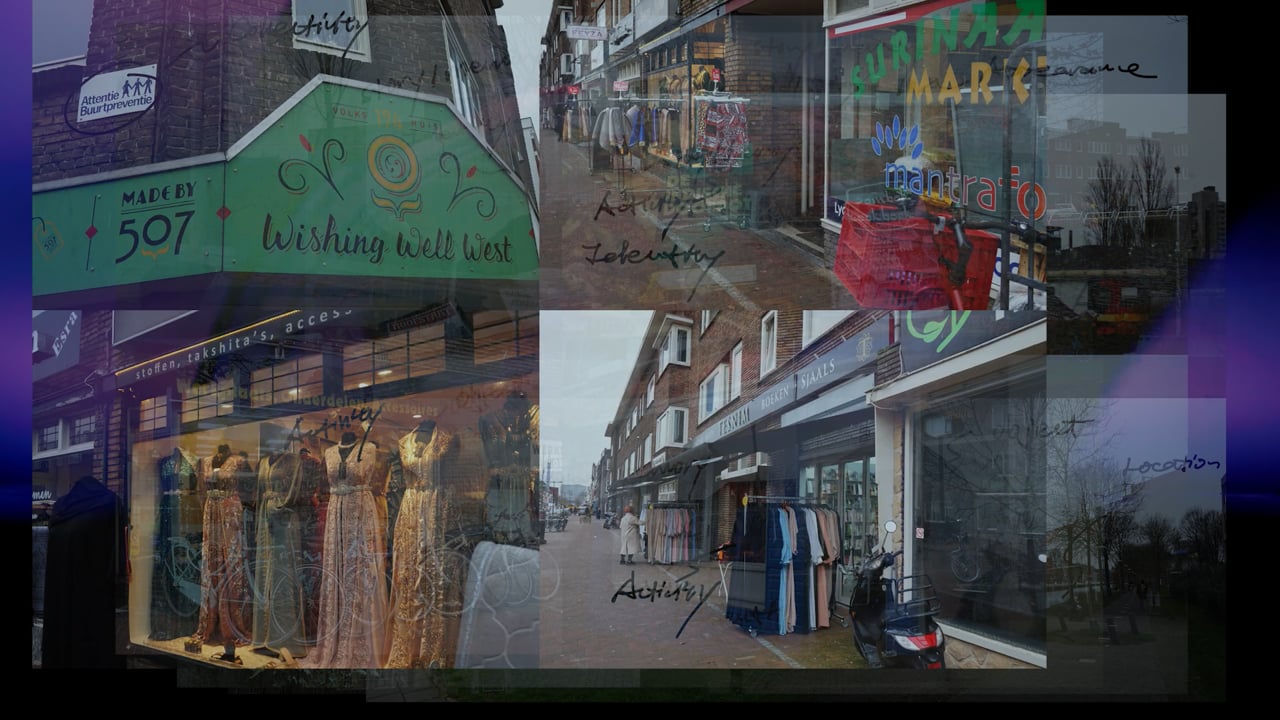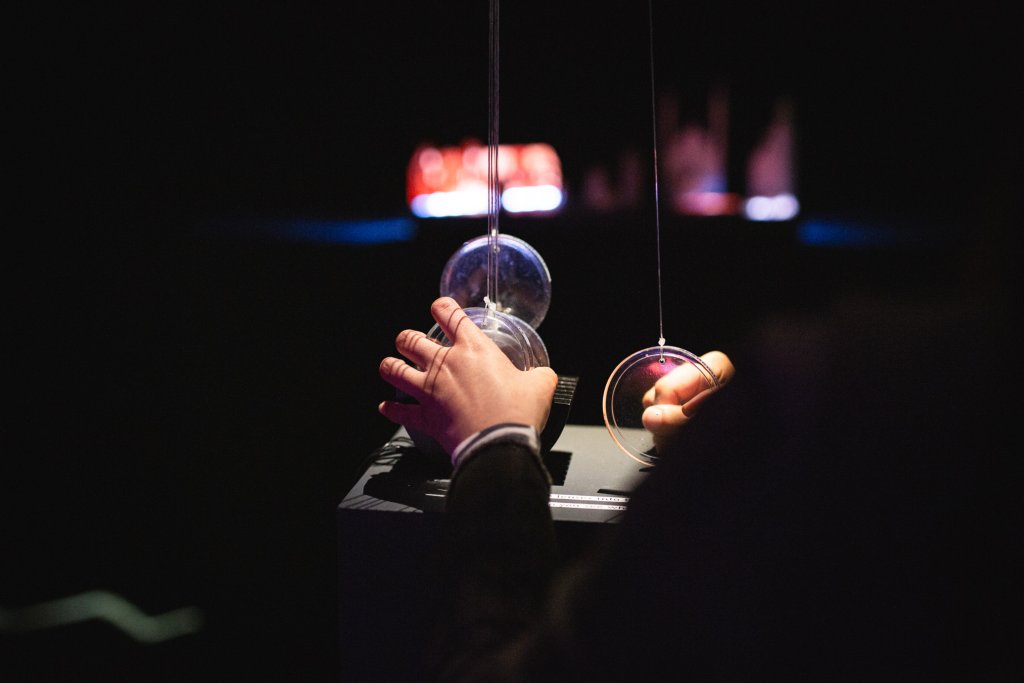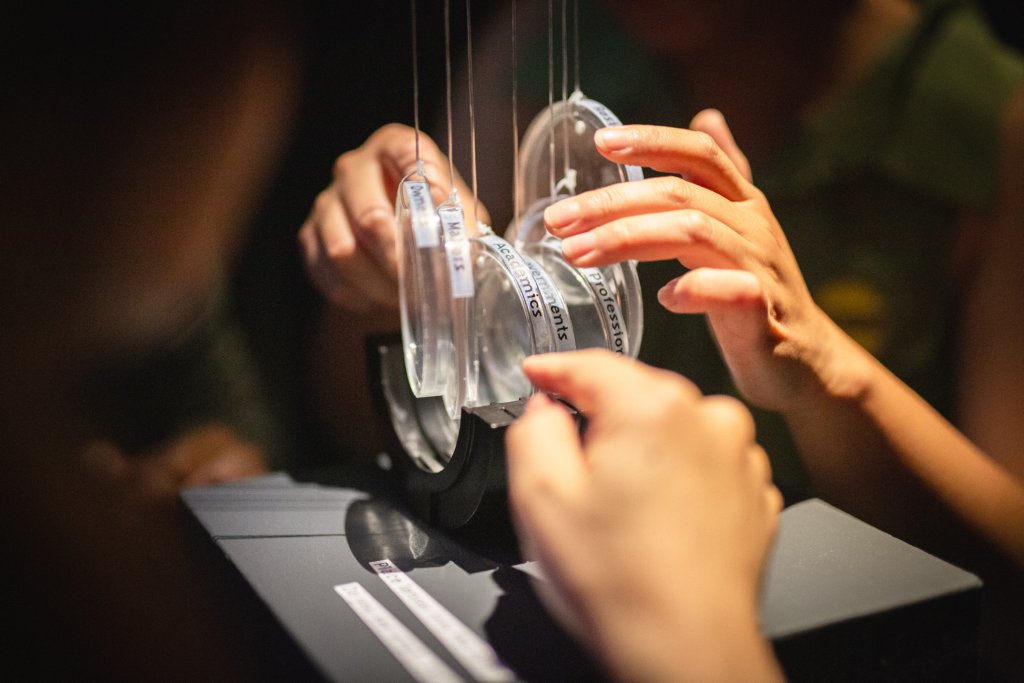Do You See What I See
Kuangyi Xing, Lidwine Spoormans, Darinka Czischke, Ana Pereira Roders, Wessel de Jonge, Alessandra Soro
While many studies research how and when stakeholders are or should be involved in the process, less is known about the specific interests of participating stakeholders. Who are these stakeholders? More importantly, what do they value in their living environment? Which groups can be identified? To what extent do individuals in a group agree on their evaluation of these qualities?
In this project, we examined who these stakeholders are, what they value in their living environment, and the extent of agreement within groups on these evaluations. By identifying neighbourhood and building attributes valued by individuals and groups, the project differentiates stakeholders based on their interests. Understanding how these stakeholders identify attributes as part of their heritage is crucial for anticipating conflicts or shared interests in renovation processes.
Additionally, more information on how stakeholder profiles (background, profession) relate to their assessment and inform who to invite to the participation table to ensure equitable representation. We also shed light on the importance of everyday attributes for stakeholders and examine how diverse interests impact the identification and designation of heritage. In this way, we bridge the knowledge gap on how stakeholders convey significance to their environment, highlighting the need to specify stakeholders beyond the general categories of ‘community’ and ‘experts’.
Do you see what I see?


This study focuses on the analysis of stakeholder differentiation in evaluating the heritage significance of neighbourhood attributes.
Many studies are confined to an academic readership. The installation also aims to make valuable research data more accessible to a wider audience, and encourage collaboration between artists and scientists. It also seeks to enable a broader understanding of diverse stakeholder views in neighbourhood heritage assessment through the interactive installation.

The essence of the design concept lies in experiencing the neighbourhood scene through various perspectives. Audiences are invited to interact, observe, and tangibly experience the variation of perspectives between and within stakeholder groups and their influences on the neighbourhood. It also involves overlaying different lenses to showcase diverse visual effects, symbolising the contributions per stakeholder profile and their collective impact on the assessment of heritage.
The original research was conducted in Amsterdam Zuidoost. The artists then applied insights from this research to their own neighbourhood of Lombok, Utrecht, which inspired the imaginative neighbourhood scene. This imaginative installation is brought to life by AI. The illustration was transformed into lithophanes, where the neighbourhood's data are depicted through varying light luminance and their respective locations.
Share
Contacts
- -
- -Lidwine SpoormansLGKSspoormans@tudelft.nl
- -Darinka Czischke
- -Ana Pereira Roders
- -Wessel de Jonge
- -Alessandra SoroA.Soro@tudelft.nl




